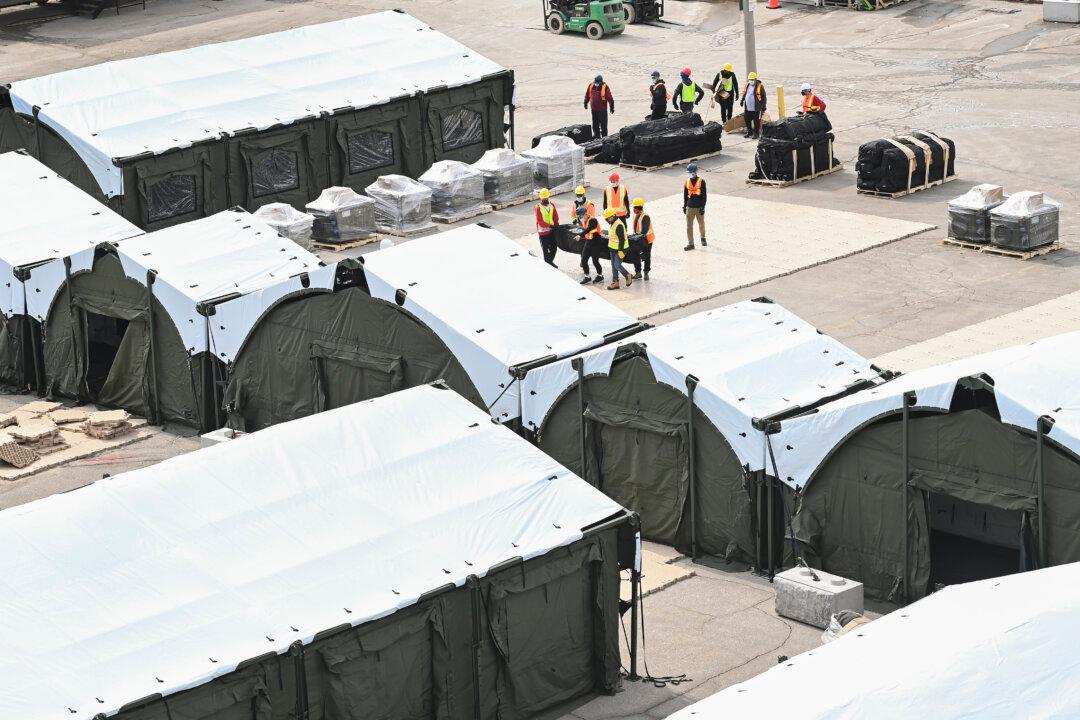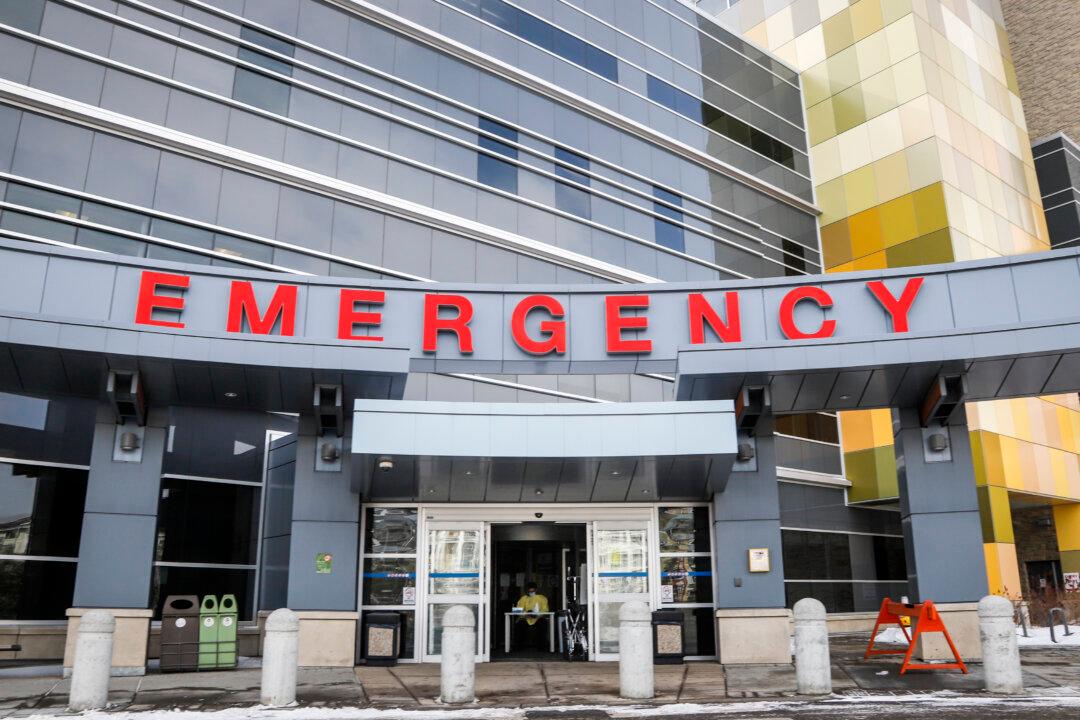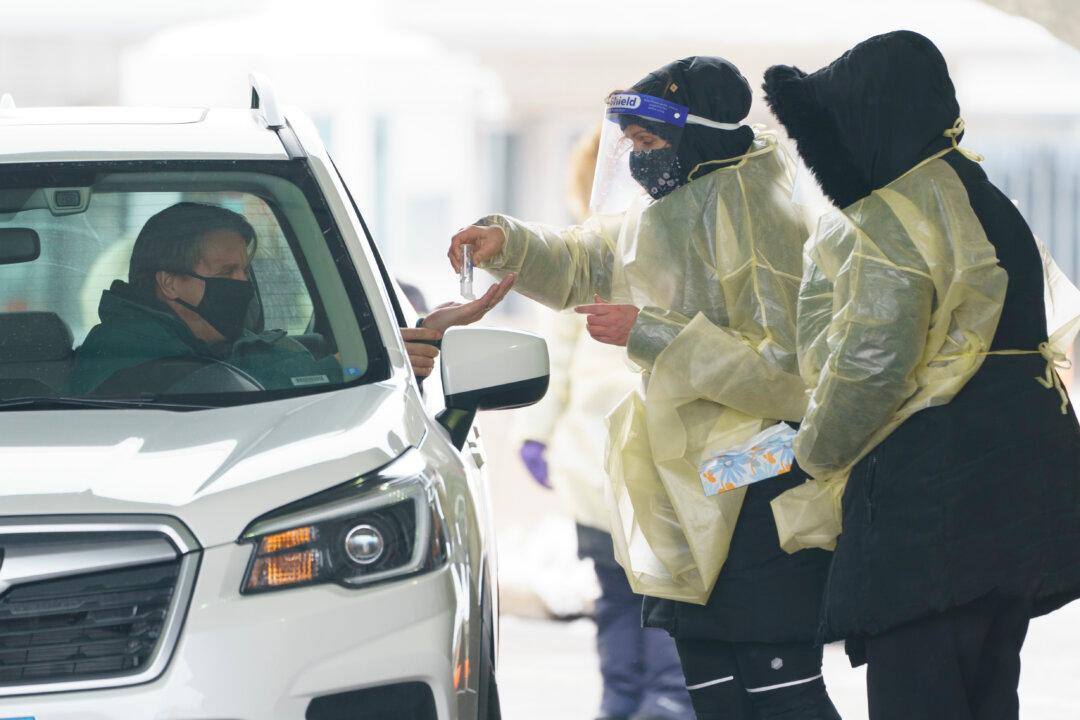Commentary
New variants of SARS-CoV-2 hit England last fall. Over 70 percent of those infected in England’s second wave tested positive for the more-lethal B.1.1.7 variant. As the National Health Service struggled, the government responded with stay-at-home orders, school closures, and strict non-pharmacologic interventions.





